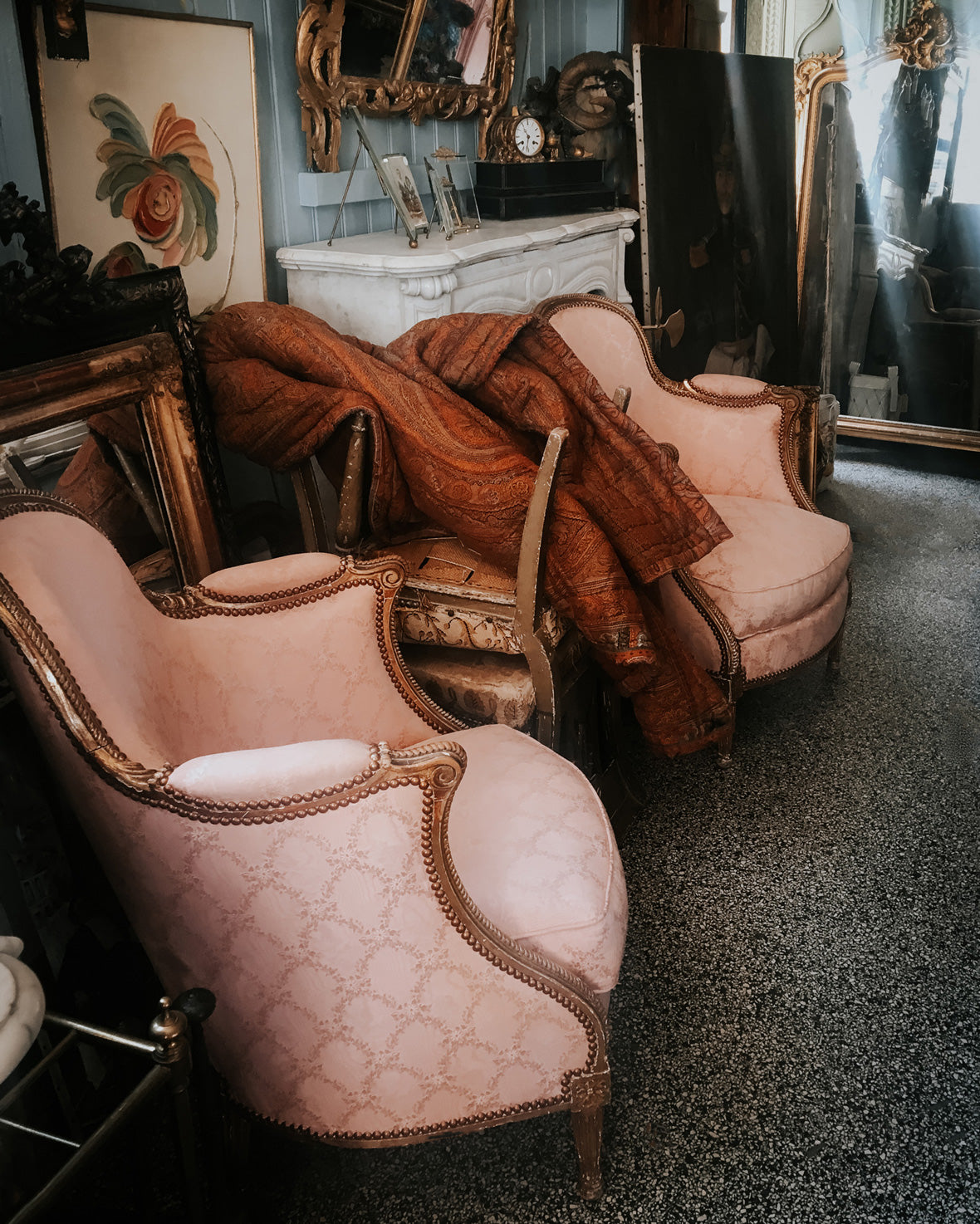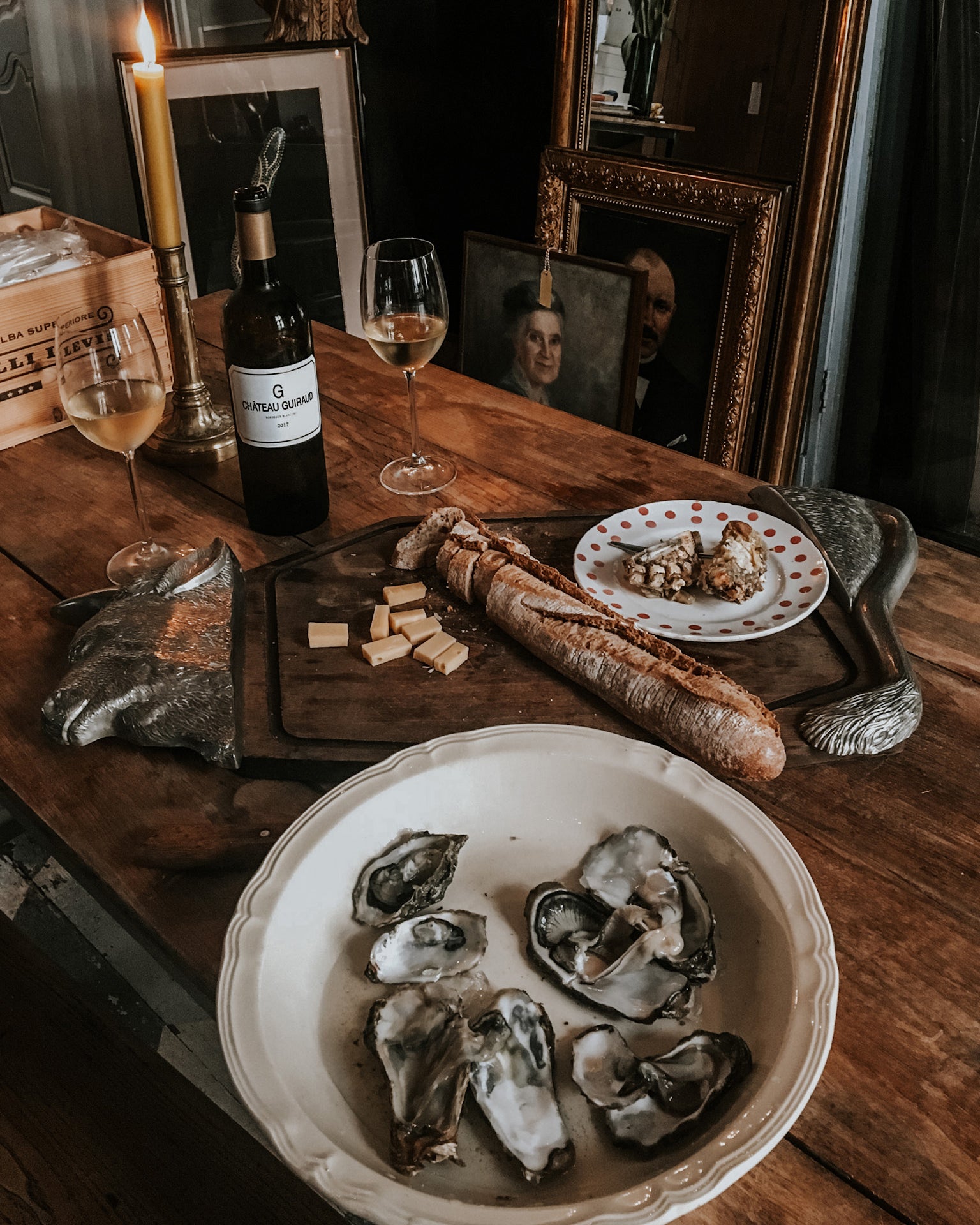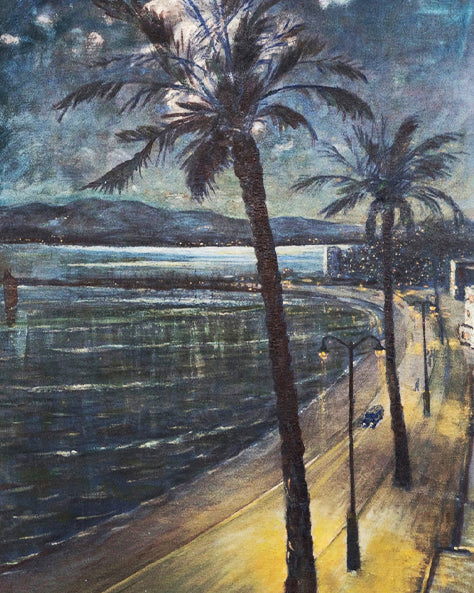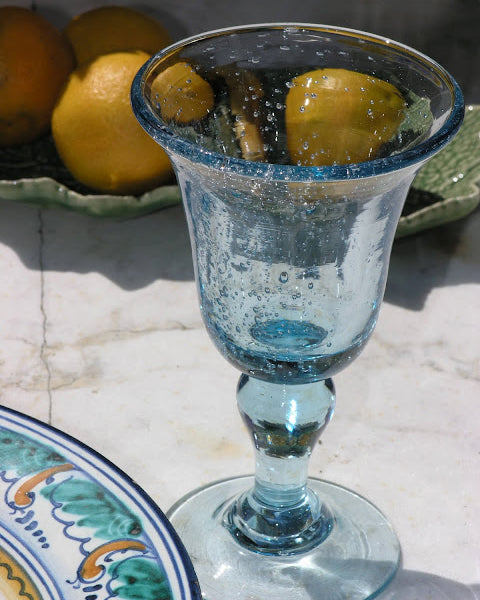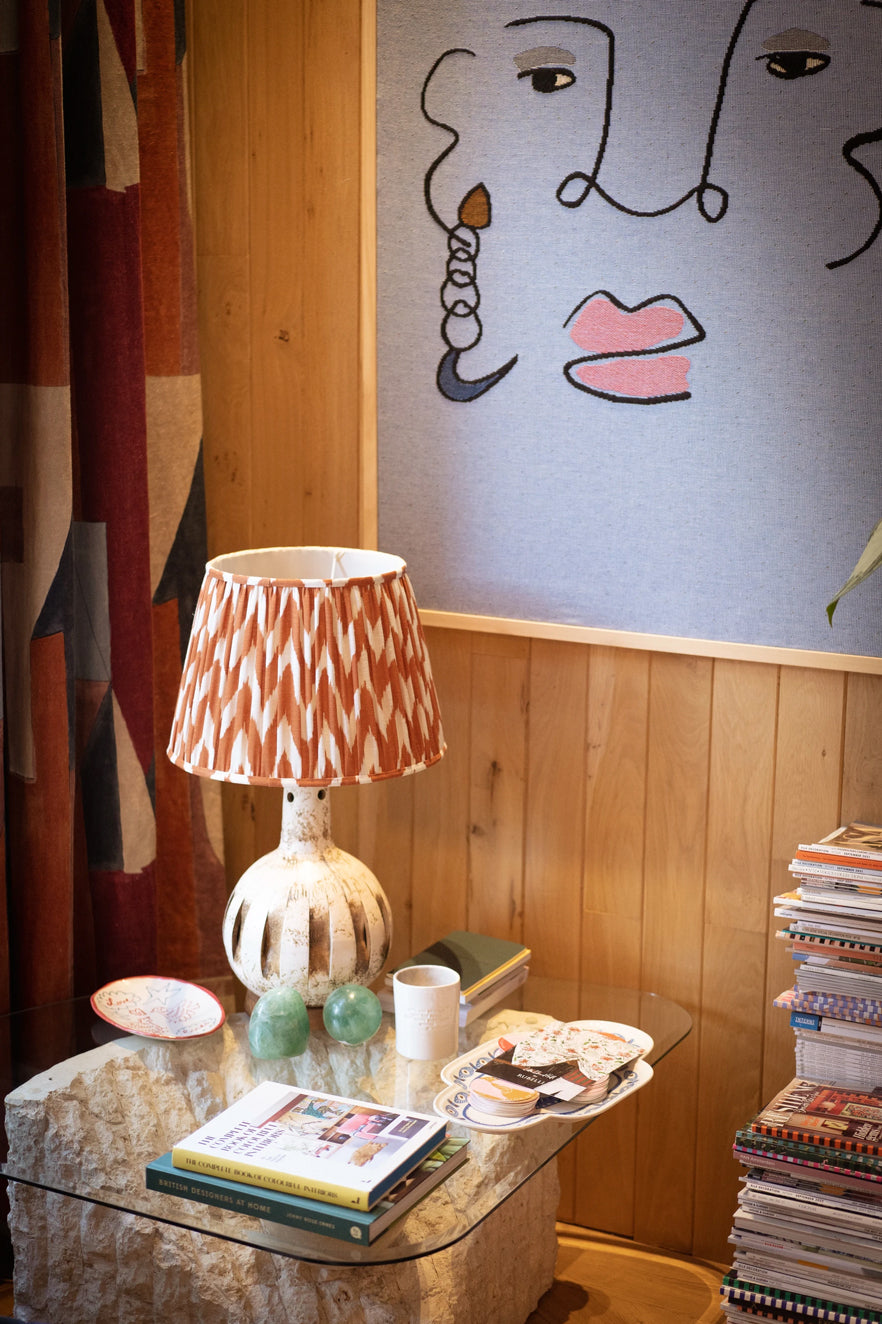Why Do We Love French Biot Bubble Glasses?
(Because perfection is overrated—and bubbles are fabulous.)
A Little Alchemy by the Sea: The Magic of La Verrerie de Biot
In the sun-drenched hills of the French Riviera, where bougainvillaea tumbles lazily over stone walls and rosé flows like water, lives a little glassblowing miracle: La Verrerie de Biot. Since 1956, this chic little workshop—founded by the legendary Éloi Monod—has been turning sand and fire into fizzy works of art.
At Biot, the bubbles aren’t blemishes. They’re beauty marks. The secret? A sprinkle of bicarbonate slipped between two layers of molten glass—et voilà! As it evaporates, carbon dioxide creates a constellation of airy imperfections, each one dancing beneath the surface like champagne in a coupe. The result? A signature look that’s instantly recognisable, wildly charming, and absolutely, defiantly not machine-made.

A Heritage of Haute Craft
La Verrerie de Biot isn’t just blowing glass—it’s blowing minds. Honoured with the coveted Entreprise du Patrimoine Vivant distinction (France’s ultimate badge of artisanal excellence), the studio is a testament to rare skill and old-world savoir-faire. Every piece—be it a drinking glass, bowl, vase, or jewel-toned pitcher—is a tactile love letter to craftsmanship. Think pink sand, linden green, Persian blue, and amethyst… each hue more mouthwatering than the last.
And let’s be honest: once you sip a summer spritz from a Biot glass, you’ll never go back to plain.

Biot, the Town: Medieval Drama Meets Artistic Glamour
The village of Biot itself? A total showstopper. Once home to Roman ruins, Knights Templar, and more drama than a season of Bridgerton, this Provençal gem reinvented itself in the 20th century as a hub for ceramics, and eventually, glass. Today, its cobbled streets shimmer with galleries, ateliers, and boutiques dedicated to the art of creation. Duck beneath stone archways, dine al fresco under the stars, and don’t miss the Musée Fernand Léger—a kaleidoscope of Cubism housed in the former stomping grounds of the modern master himself.
Why Biot Glass? Because It Doesn’t Try to Be Perfect
In a world obsessed with flawless finishes and factory precision, Biot glass dares to celebrate the imperfect. It’s tactile. It’s storied. It sparkles with soul. And whether you’re curating a tabletop, gifting a collector, or just treating yourself to something divine—you’re not buying a glass. You’re sipping from a piece of French heritage.

